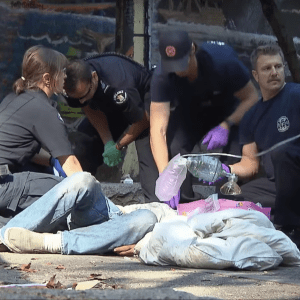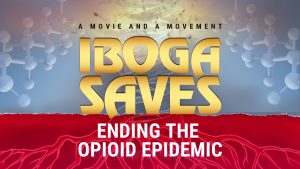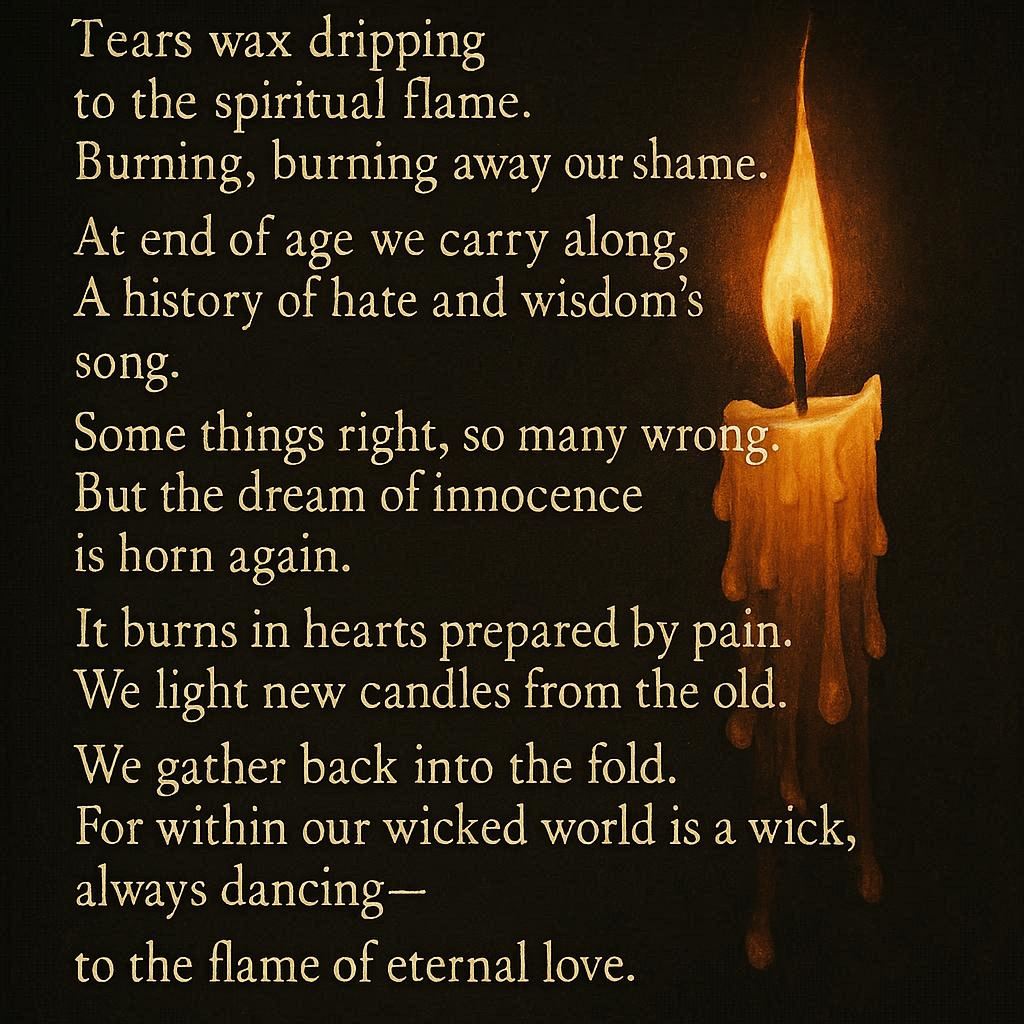Storms of Youth Precede Brilliant Days I Ending Opioid Addiction Using Ibogaine

I flatlined two weeks after my 13th birthday.
 Doctors couldn’t comprehend that an overdose of pills wasn’t a suicide attempt. To me, already in hot pursuit of any drug I could get my hands on, the dominating logic seemed obvious: if something gets you high, more gets you higher. I hadn’t realized more could also mean dead, but that knowledge didn’t hold me back; five days later, I was home a mere 30 minutes before ingesting a handful of the same pills that had put me under. I shot up heroin for the first time about two months later, and instantly fell in love; it offered Oblivion with ease and vigor. But it wasn’t around often, so I immersed myself in pharmaceuticals flooding the cabinets of America in the early 2000s, doing anything I could for money to feed a habit growing out of control. I finished my first stint in outpatient rehab later that year (having been mandated upon release from the psyche ward), a place that served as little more than an encyclopedia or networking device for further self-destruction.
Doctors couldn’t comprehend that an overdose of pills wasn’t a suicide attempt. To me, already in hot pursuit of any drug I could get my hands on, the dominating logic seemed obvious: if something gets you high, more gets you higher. I hadn’t realized more could also mean dead, but that knowledge didn’t hold me back; five days later, I was home a mere 30 minutes before ingesting a handful of the same pills that had put me under. I shot up heroin for the first time about two months later, and instantly fell in love; it offered Oblivion with ease and vigor. But it wasn’t around often, so I immersed myself in pharmaceuticals flooding the cabinets of America in the early 2000s, doing anything I could for money to feed a habit growing out of control. I finished my first stint in outpatient rehab later that year (having been mandated upon release from the psyche ward), a place that served as little more than an encyclopedia or networking device for further self-destruction.
When my dad told me he had cancer, I didn’t even feel sad, salivating over the pills now available to me before ever picturing a world without him.
At 15, expelled from high school, my family exhausted whatever money they put aside for college and sent me to a work-intensive residential treatment program for 18 months. I returned home at 17 with plenty of tools but unable to escape a dormant compulsion still in control of my life. Heroin became more popular and present while I was away. Hooked again in a month, I found myself rotating through a cycle of detoxes, each time with hopes for sobriety only to return to the needle once Suboxone wore off.
Alongside myself, I witnessed a disheartening number of fellow addicts trapped in a chain-reaction built by for-profit rehabs in conjunction with detoxes, corrupt halfway homes, and pain clinics.
In 2012, I was nearly 20. Saved by Narcan twice in two weeks, my prospects seemed dim. I had tried every means of getting clean, even unconventional ones like switching to crack to balance out drives, a move I made in the past with minor success. Naturally distrustful of systemic solutions already proven more harmful than helpful, my girlfriend began doing serious research into ending opioid addiction using ibogaine. I had a long, complicated history with psychedelics, mainly misused, but had snuck some LSD into detox once, with favorable results, so I knew potential was there. The idea that a substance was powerful enough to alter both my conscious and physical dependence, coupled with the fact that Howard Lotsof had been 19, from New Jersey, at the time of discovering ibogaine’s usefulness in combating addiction, seemed promising and serendipitous.
Either way, to get my life back, I was willing to try anything.
 My girlfriend sought a less formal facility operating out of a house in Canada and began a dialogue with its facilitator. I was told a list of requirements, including an EKG, to ensure no threatening irregularities, and a formidable request to stay clean leading up to my treatment, which I was unable to do, even with a continual flow of liquor and benzodiazepines into my system, a secondary addiction I acquired trying to get off heroin.
My girlfriend sought a less formal facility operating out of a house in Canada and began a dialogue with its facilitator. I was told a list of requirements, including an EKG, to ensure no threatening irregularities, and a formidable request to stay clean leading up to my treatment, which I was unable to do, even with a continual flow of liquor and benzodiazepines into my system, a secondary addiction I acquired trying to get off heroin.
I arrived at the house, expecting everything, nothing.
We talked for a couple hours, getting to know each other, allowing me time to build trust. He informed me of ibogaine’s effects in more detail. The session would last three days; the first day including a 1,000 mg dose of treatment, the next two providing a sanctuary to process my experience away from the world.
About 40 minutes after ingesting the ibogaine, I heard a soft hum, like a lawnmower in the distance.
Light began to pulse, heave. It was time to lie down. The room was simple, prepared with bed and blindfold, decorated with African masks and idols. I was excited and nervous, in the hands of polarity. A cat in the room climbed onto the bed and immediately set me at ease. I put on the blindfold, laid back, and soon felt a sensation of flight, bodiless, over forests, highways, cities. Then I saw the ceiling, plastered over with scenes from my own past, posters that peeled away and fell into space. Always haunted by the image of blood drawn back, sign of a hit vein, now I was this image, yet I could feel it draining away. From there, I experienced a swirling procession, some of which, a little more easily articulated, involved being stuck in place as shadowy figures passed by. I scrambled to make out their faces, to no avail, as if they were purposefully concealed. Then I realized they were my parents.
It’s hard to convey the multitudes one experiences on ibogaine.
It certainly isn’t easy. I went through the most terrifying and joyful moments of my life. The next morning, awash with new perceptions, things previously felt as agonizing, like the mocking laughter of morning birds, now hit my ears like music, welcoming me to the dawn of a new life. Not only was I free of withdrawal, I felt no cravings at all, not for food, coffee, cigarettes. I spent the next 48 hours talking through the details of my experience as they came back piece by piece. Something as simple as eating a banana now felt as if I were an alien experiencing earth’s fruit for the first time. This feeling allowed me time and insight to remold my view of self in relation to the outer world..
Above all, I was able to realize that the same energy I used to destroy myself could be redirected with constructive ends, and it was this realization put to action that in the end saved my life.
Ibogaine is not a miracle cure. The miracle lies in the respite it gives an addict. What you do with that break is up to you. Four months later, still struggling to wean off benzos, I relapsed. Fortunately, I was able to acquire more ibogaine, which I used over the next couple of years, doing what are called “boosters” (small doses) to re-attain the rewiring afforded by my initial experience. The urge has never disappeared entirely, coming back in dreams, even just sitting on the couch, and I don’t think it ever will, but, with the help of a daily yoga practice, hiking, loved ones, and writing, as well as a continued interest in exploring the puzzling depths of my own crazed psyche, I’ve been clean about six years now, and I can say with certainty that none of this would have been possible without ibogaine.
IBOGA SAVES CAMPAIGN IBOGA DIRECTORY IBOGA DOCUMENTARY
WARNING: RISKS & CONTRAINDICATIONS
excerpted from the Global Ibogaine Therapy Alliance
It is crucial that patients with childhood congenital heart defects, prolonged QT intervals, a history of heart failure, enlarged heart, any history of blood clots, stroke, transient ischemic attacks, pulmonary embolism, deep vein thrombosis, or irregular heart rhythms do not attempt to take ibogaine because of these risks. Other pre-existing heart conditions should be carefully examined and a risk/benefit assessment taken into consideration. Read complete post about safety considerations here.
Iboga Saves Sponsors
Iboga Saves is a movie and a movement to spread the word about iboga's medicinal value for addiction recovery, and change the laws that criminalize it's use in the US. If you are an ibogaine clinic, former addict, shaman, therapist, coach, or other entity sympathetic to the cause of ending the opioid epidemic, please consider becoming a sponsor.

DONOR SPONSOR

DONOR-SPONSOR
Subscribe to Awake Events & Posts



